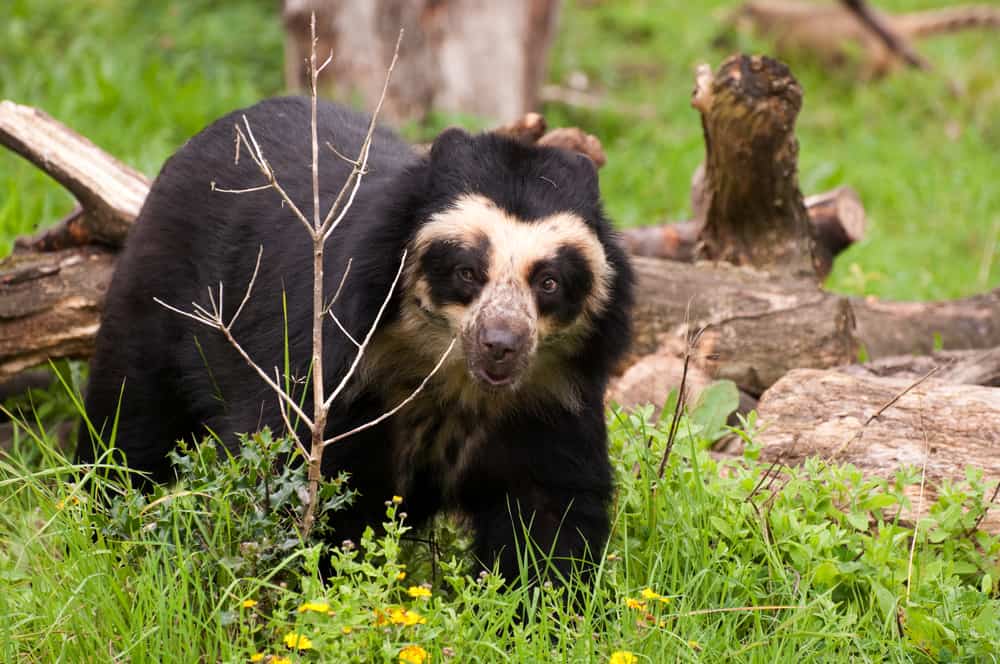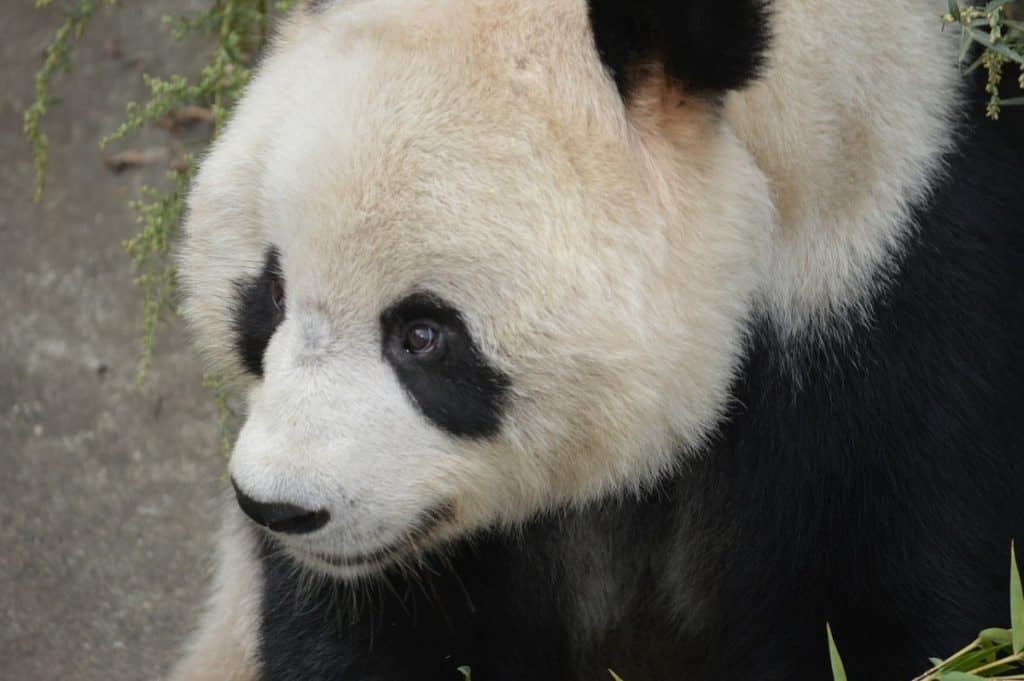The Ursidae family, commonly known as bears, is a group of large mammals distributed across the globe. These animals are characterized by their powerful bodies, sharp claws, and an omnivorous diet consisting of both meat and vegetation.
The family consists of eight species including the American black bear, brown bear, polar bear, and giant panda.
Bears play an important ecological role in maintaining balance within their respective ecosystems through predation and seed dispersal. However, many populations are threatened due to habitat loss, hunting, and climate change.
Understanding the biology and behavior of these fascinating creatures is crucial for conservation efforts aimed at preserving their populations for future generations. This article will provide an overview of the Ursidae family, highlighting key characteristics and current conservation concerns for each species.

Subfamilies And Genus
- Subfamily Ailuropodinae
- Genus Ailuropoda – giant panda
- Subfamily Tremarctinae
- Genus Tremarctos – Andean bear
- Subfamily Ursinae
Characteristics Of The Ursidae Family
The Ursidae family is a fascinating group of mammals that have captured the imaginations of people around the world. From their imposing size to their distinctive appearance, ursids are truly remarkable creatures that have adapted to survive in some of the harshest environments on Earth.
One of the most notable characteristics of this family is their ability to enter into extended periods of dormancy known as hibernation. During this time, bears can dramatically reduce their metabolic rate and conserve energy while they wait out harsh weather conditions or food shortages.
In addition to their hibernation patterns, another interesting aspect of Ursidae behavior relates to their dietary preferences. Depending on the species, these animals may consume a wide range of foods including berries, roots, insects, fish, and even other mammals. Many bear species are opportunistic feeders that will take advantage of whatever resources are available at any given time.
For example, grizzly bears often scavenge for carrion and can be observed feeding on animal carcasses left behind by hunters or predators such as wolves. Despite these variations in diet across different species and populations, all ursids share an impressive capacity for survival in challenging environments.
The Ursidae family is a diverse group of mammals that includes bears, one of the most recognizable and beloved animals in the world.
These creatures are distributed throughout much of North America, Europe, and Asia, inhabiting an array of different environments ranging from deserts to arctic tundras.
Despite their varying habitats, all ursids share similar physical attributes such as long snouts, small eyes and ears relative to body size, powerful jaws with sharp teeth for eating meat or vegetation depending on species preference.
Habitat and diet play critical roles in shaping bear behavior patterns.
Bears are opportunistic feeders who consume whatever food sources are available and abundant within their environment.
For instance, grizzly bears living near rivers will spend hours catching fish during spawning season while black bears will eat berries when they become ripe during summer months.
Communication among bears can be complex since it involves gestures such as posturing (standing upright), vocalization (growling) and scent marking which is used to identify territories or attract mates.
Overall these traits make them fascinating but challenging research subjects for scientists studying behavioral ecology.
Brown Bear
Brown bears, also known as Ursus arctos, are one of the largest terrestrial mammals in the world. They can weigh up to 600 kilograms and grow to be more than two meters tall when standing on their hind legs.
These impressive creatures are found across a wide range of habitats throughout North America, Europe, and Asia. Brown bears prefer forested areas but can adapt to live in tundra regions as well.
Brown bears have an omnivorous diet that includes both plants and animals. Their diet changes seasonally depending on what is available in their habitat at the time. During spring and summer, they consume berries, nuts, grasses, roots, insects, fish (especially salmon), small mammals such as rodents or squirrels while during autumn months they feed heavily on fruits like apples and pears which helps them gain weight before hibernation period begins.
In terms of behavior towards humans, brown bears generally try to avoid contact with people but may become aggressive if provoked or threatened especially near human settlements where availability of food sources increases leading to potential conflict between these two species which make conservation efforts crucial for their survival.
Polar Bear
Brown bears and polar bears share a common ancestor, but have evolved to adapt to different environments.
While brown bears are found in forests and mountains, polar bears live in the Arctic region where temperatures can drop below -40°C.
Polar bears rely on sea ice for hunting seals, their primary food source. However, with climate change causing melting of sea ice at an alarming rate, polar bear populations face serious threats to their survival.
In addition to climate change, polar bears also face challenges from human activities such as hunting.
Fortunately, there have been international efforts to protect this iconic species through hunting bans and conservation measures.
In some countries like Norway and Russia, traditional subsistence hunting by indigenous people is still allowed under strict regulations.
As we continue to learn more about the effects of climate change and how it impacts various habitats and ecosystems around the world, it is important that we work towards preserving biodiversity including vulnerable species like the polar bear.

Giant Panda
The Giant Panda, also known as Ailuropoda melanoleuca, is a bear species native to China. It is one of the most recognizable and beloved animals in the world due to its distinctive black-and-white markings and gentle demeanor. However, despite their popularity, these bears are currently listed as endangered on the IUCN Red List due to habitat destruction and other human-related activities.
Giant Pandas have unique dietary habits that sets them apart from other ursidae species. They primarily feed on bamboo shoots, which make up over 99% of their diet during certain times of the year. These bears can consume anywhere between 26-84 pounds (12-38 kg) per day depending on their age and gender. Additionally, they may occasionally eat small vertebrates or fruits when available.
This specialized diet has made pandas vulnerable to habitat destruction since bamboo forests are rapidly disappearing due to deforestation for commercial purposes such as timber harvesting and agriculture expansion.
Conservation Concerns For Ursidae Species
The conservation of Ursidae species is a pressing concern due to their declining populations. According to the IUCN Red List, six out of eight bear species are considered vulnerable or endangered. The polar bear (Ursus maritimus) is listed as vulnerable, with an estimated population decline of 30% over the past three decades.
In addition, habitat loss remains one of the greatest threats to bears worldwide. As human populations continue to grow and expand into natural habitats, this leads to fragmentation and destruction of vital ecosystems for these animals.
Poaching and hunting also pose significant challenges in conserving Ursidae species. Illegal poaching for body parts such as gallbladders, paws, and fur continues to occur despite regulations that prohibit it. Additionally, legal trophy hunting can have detrimental effects on bear populations if not properly monitored and regulated. For example, black bears (Ursus americanus) in North America can be hunted legally in many states and provinces which has led to concerns about over-harvesting in certain areas where they are heavily targeted by hunters.
It is essential that efforts are made to address these issues through implementing effective legislation and enforcement measures while promoting sustainable practices that support healthy bear populations alongside human communities.
Conclusion
The Ursidae family is a group of mammals that includes some of the most iconic and recognizable animals in the world. These creatures share several characteristics, including large bodies, thick fur coats, and powerful jaws with sharp teeth.
The Ursidae species are found across much of the globe, from North America to Asia. The American black bear is one of the smallest members of the Ursidae family, while the brown bear can weigh over 1,000 pounds. Polar bears are well-known for their ability to survive in cold environments, while giant pandas have become symbols of conservation efforts worldwide due to their endangered status.
Despite their popularity and cultural significance, many Ursidae species face threats such as habitat loss and poaching. In conclusion, understanding and protecting these magnificent animals is essential for maintaining healthy ecosystems around the world. By continuing research into their biology and behavior, we can create effective conservation strategies that help preserve these important species for generations to come.
As we work towards this goal, it’s crucial that we remember our responsibility to protect not just individual animals but also entire populations and habitats – only by doing so will we be able to ensure a bright future for all members of the Ursidae family.

